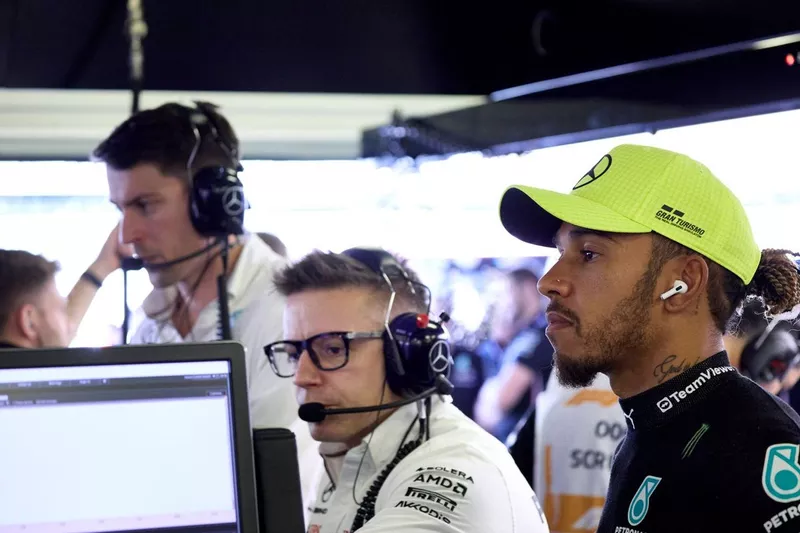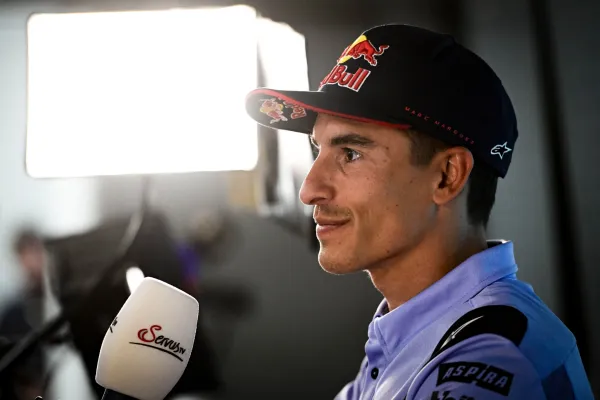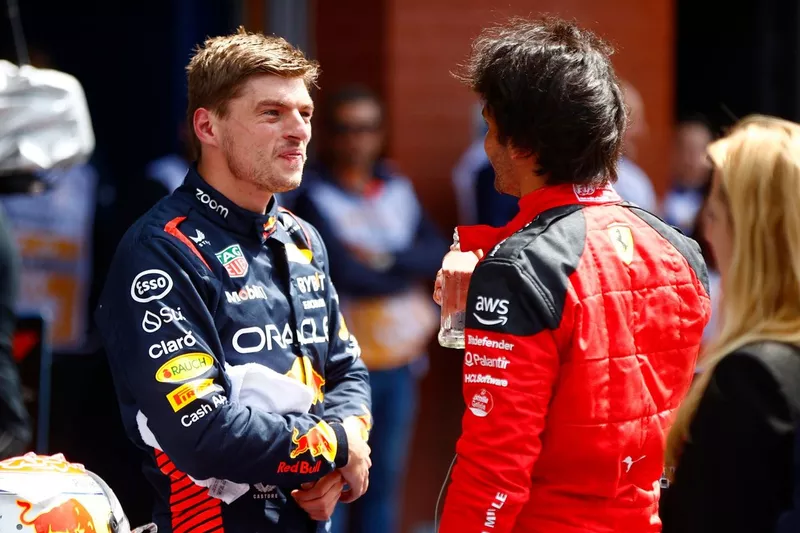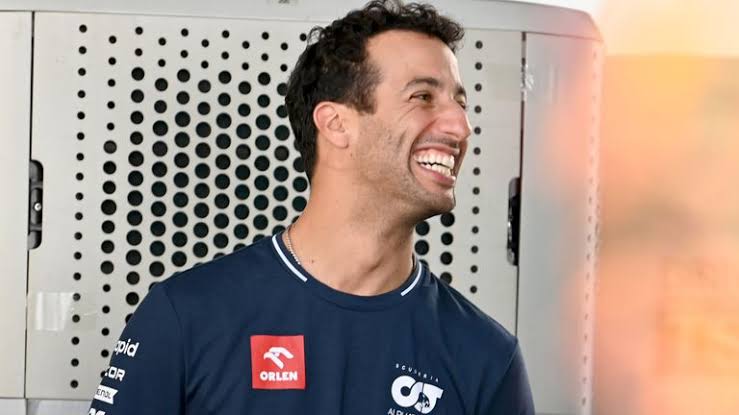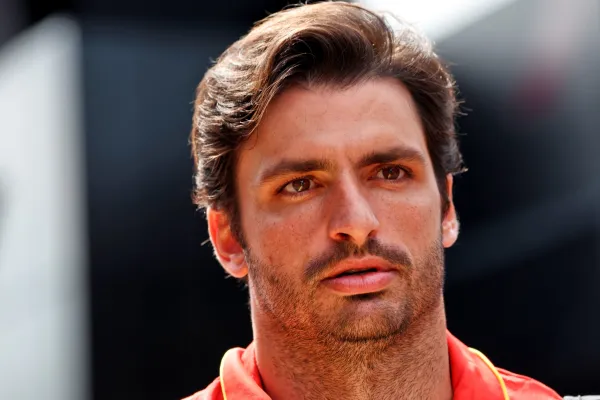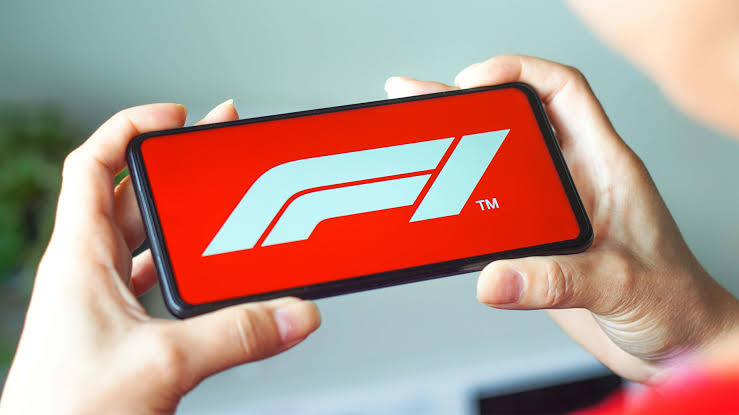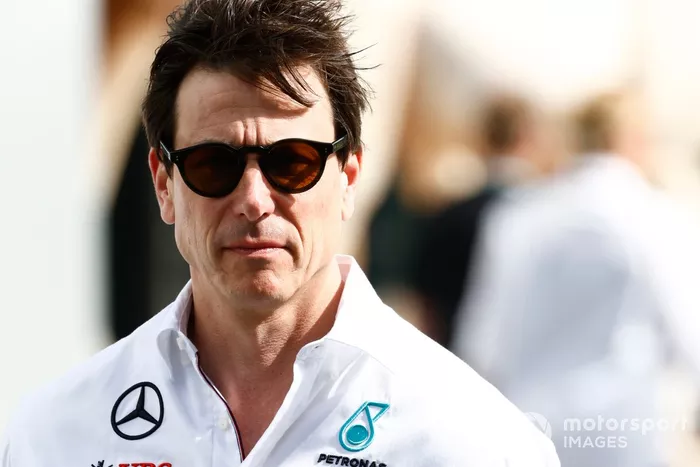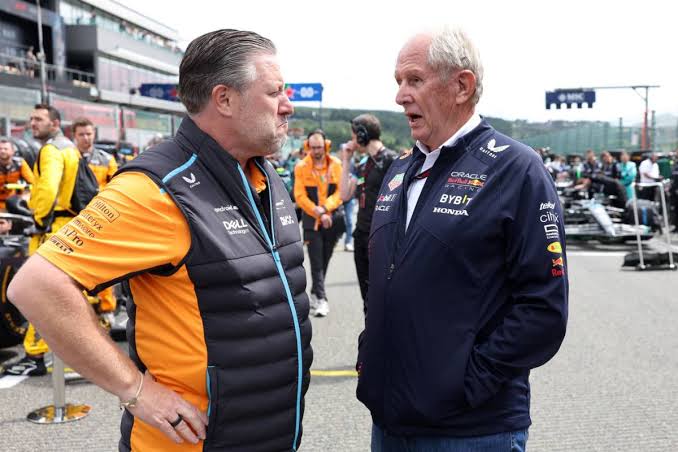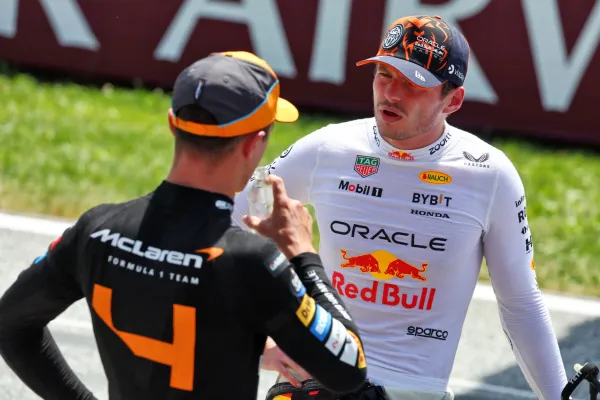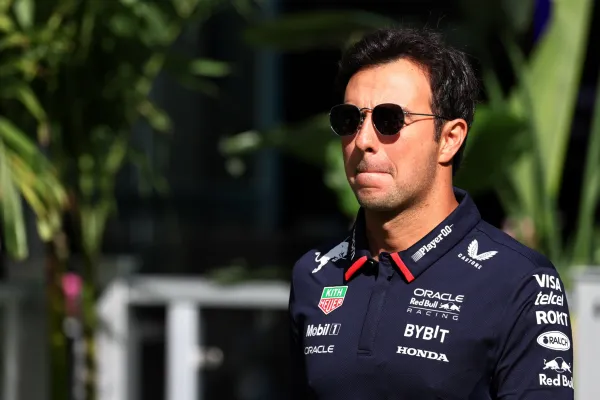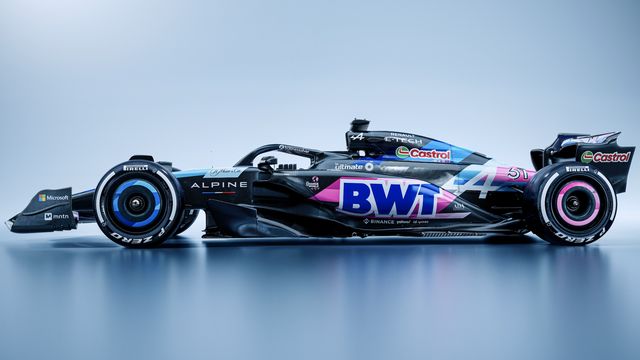The Exciting Future of Formula 1: What to Expect in the 2026 Season
The world of Formula 1 is always in motion, with each season bringing fresh developments, rivalries, and surprises. But 2026 marks a seismic shift for the sport. Two new teams will enter the fray, engine suppliers will undergo a major reshuffle, and several driver line-ups remain uncertain, creating an air of suspense and excitement.
As the F1 grid expands to 11 teams and 22 cars for the first time in a decade, this new era of racing is set to redefine the sport’s competitive landscape. With the Andretti-Cadillac partnership, Audi’s official entry, and Honda’s fresh collaboration with Aston Martin, the battle for supremacy will be more intense than ever.
But who will dominate the grid? Which drivers will make the cut? And how will the 2026 engine regulations impact team performance? Let’s dive into the key developments shaping the future of Formula 1.
Key Storylines for 2026
1. Cadillac Joins the Grid: A Game Changer for F1?
The biggest headline for the 2026 Formula 1 season is undoubtedly the addition of Cadillac as the 11th team. This marks a significant moment for the sport, as the legendary American manufacturer officially enters the F1 paddock.
With Cadillac on board, two additional seats open up, sparking speculation about which drivers will seize the opportunity. Names like Colton Herta, a rising star from IndyCar, and F1 veterans such as Valtteri Bottas, Sergio Pérez, and Mick Schumacher have been linked to the team.
The Andretti-Cadillac partnership is particularly intriguing. Andretti Global’s influence in motorsport is undeniable, and their F1 debut could spark a new wave of American influence in the championship. But will Cadillac be competitive from the outset, or will it struggle as new teams have in the past?
2. Audi’s Full Entry: Can They Challenge the Big Three?
While Cadillac’s arrival is exciting, another historic change is unfolding, Audi’s full-scale entry into Formula 1. The German giant has been developing its power unit since 2022, and 2026 will be its first season under the Audi brand after taking over Sauber.
Audi’s driver line-up is already set, with Nico Hülkenberg and Gabriel Bortoletto confirmed. The question is: Will Audi be ready to fight at the front? With a brand-new engine formula coming into play, 2026 presents an opportunity for Audi to disrupt the status quo and challenge established powerhouses like Red Bull, Ferrari, and Mercedes.
3. The Big Engine Shake-Up: Renault Out, Ford And Honda In
The 2026 F1 season will also see a massive power unit reshuffle, shaping the sport’s future for years to come.
Renault bids farewell to Formula 1 after nearly four decades of involvement, leaving Alpine to source engines from Mercedes.
Honda returns as a works partner with Aston Martin, ending its ties with Red Bull. This could elevate Aston Martin’s competitiveness, with Fernando Alonso and Lance Stroll set to drive for the team.
Red Bull and Ford’s highly anticipated collaboration kicks off, potentially reshaping the hierarchy of engine performance. Given Red Bull’s past struggles during engine transitions, this move carries significant risk.
Audi’s factory power unit enters the fray, adding a new competitor to the F1 engine battle.
With new 2026 engine regulations promoting sustainability and efficiency, manufacturers face a steep challenge in adapting. These changes could level the playing field, creating unpredictable performances across teams.
4. Mercedes & Red Bull: A Shift in Dominance?
Mercedes and Red Bull have been at the forefront of Formula 1 for over a decade, but 2026 could shake things up.
Mercedes has yet to confirm its driver line-up, but George Russell and Kimi Antonelli seem the most likely pairing. With Lewis Hamilton leaving for Ferrari, the team enters a new chapter.
Red Bull’s dominance could be at risk as they transition to Red Bull Ford engines. With Max Verstappen still leading the charge, the team hopes to avoid the turbulence experienced during the early hybrid era.
Can these teams maintain their dominance, or will the new regulations usher in an unexpected contender?
5. Who Will Fill the Remaining Seats?
As of now, eight driver slots remain unconfirmed for 2026, with Alpine, Cadillac, Mercedes, Racing Bulls, and Red Bull yet to finalize their line-ups.
Drivers like Jack Doohan, Liam Lawson, and Yuki Tsunoda will be fighting to secure contracts, while emerging talents could also break into the scene.
The Racing Bulls seats are particularly unpredictable. Under Helmut Marko’s watchful eye, young drivers face intense scrutiny, making every race a test of their potential.
Meanwhile, Cadillac’s choices will be crucial, as their driver selection will shape the team’s debut performance.
The 2026 Formula 1 season is poised to be one of the most exciting and unpredictable in years. With new teams, fresh driver pairings, and a major engine revolution, the sport is entering a new era of competition.
Cadillac’s debut, Audi’s ambitious entry, Honda’s return, and Ford’s collaboration with Red Bull will bring both excitement and challenges. The question remains: Who will emerge as the dominant force in this transformed F1 landscape?
With several driver seats still open, the silly season will be in full swing as the 2025 season progresses. Whether it’s rising stars making their mark or veterans making a comeback, the 2026 driver market will be one to watch.
One thing is certain, Formula 1 is entering a bold new phase, and fans are in for a thrilling ride.
Stay tuned to our blog for more updates on the latest F1 news, driver movements, and team strategies. For a deeper dive into the strategies behind successful Formula 1 team developments, check out our article on how engine partnerships shape the future of F1 racing.


